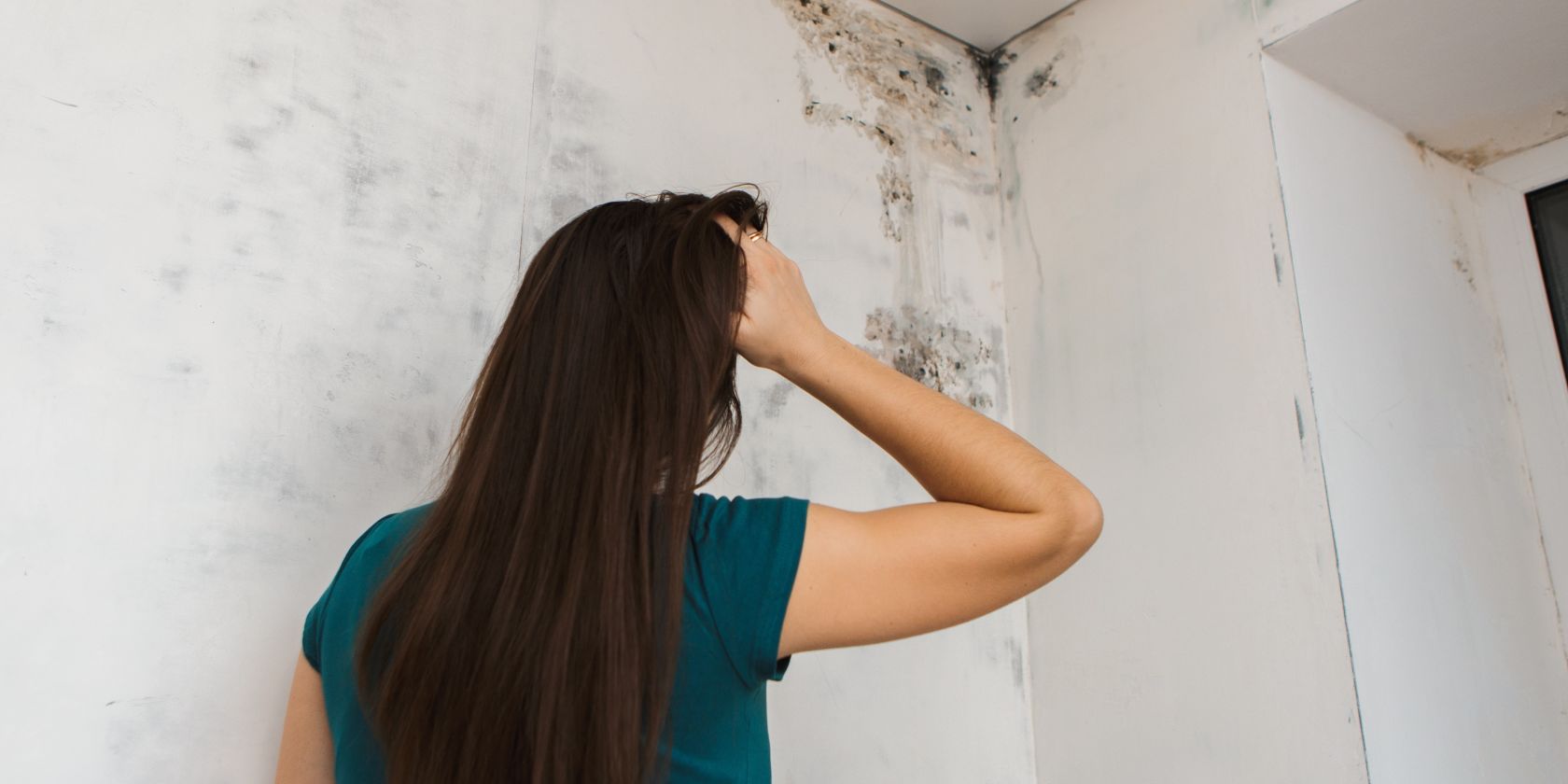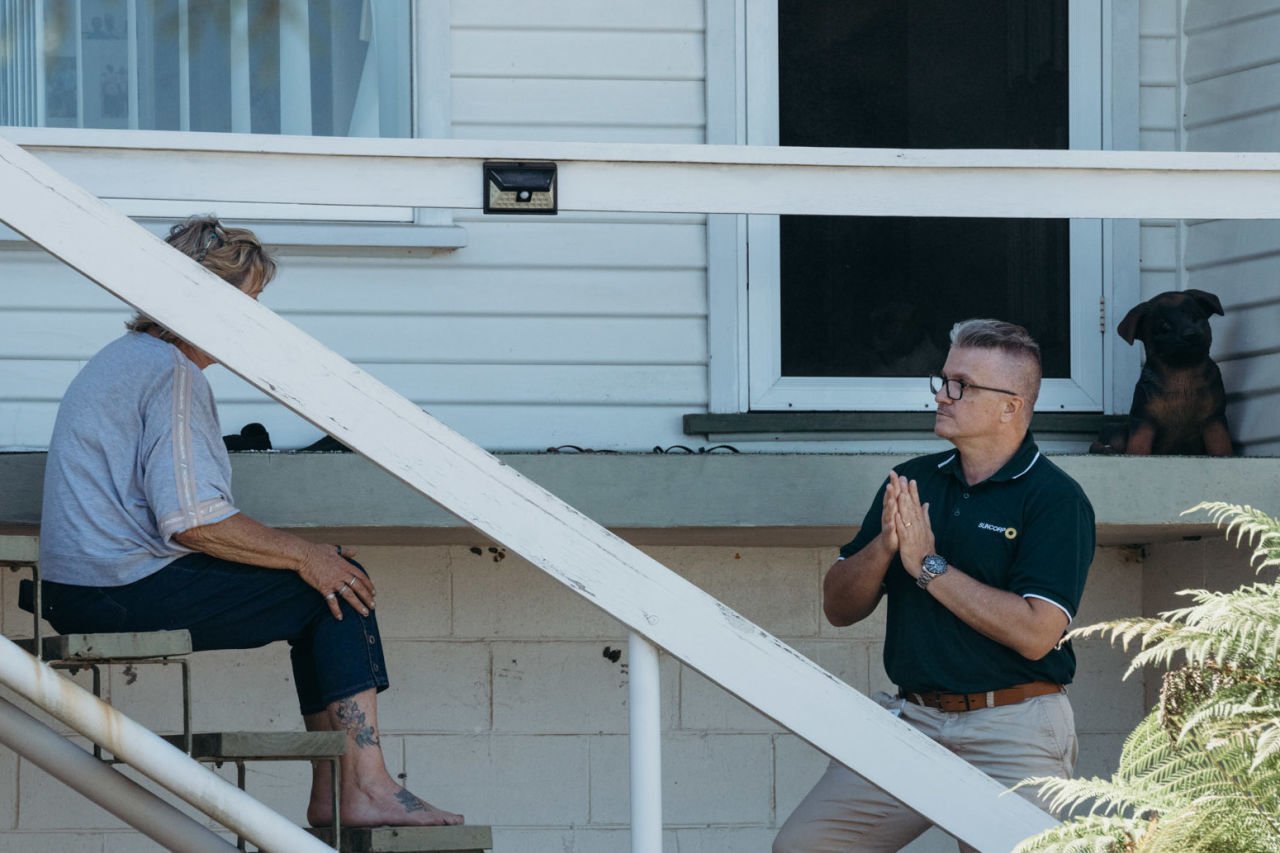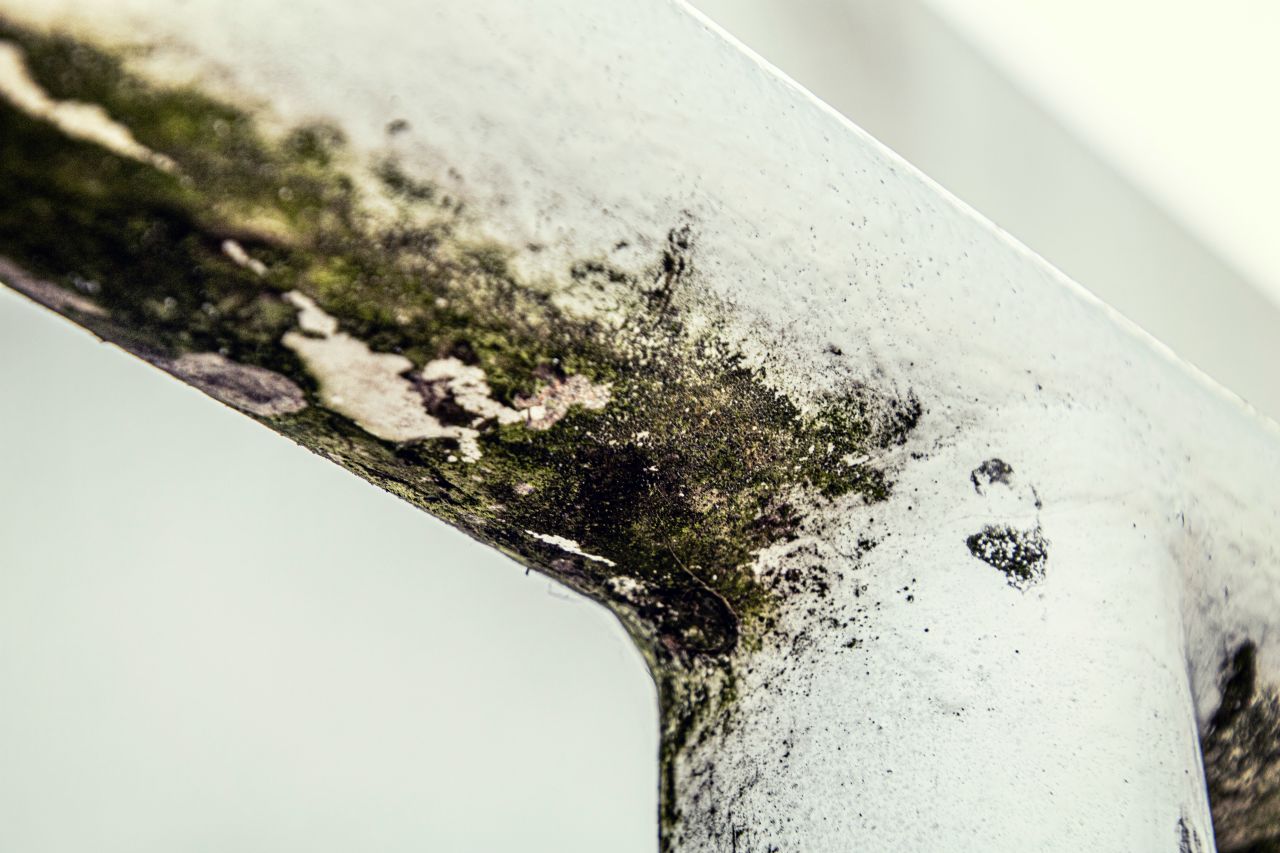Suncorp Insurance: Breaking the Mould
Suncorp Group insurer aims to educate Australians on how to spot, treat and prevent mould in their homes.
Share

What can be black, green – even orange, and impact your home, furniture, kids’ toys and even your health? MOULD!
Research released today by Suncorp Insurance found almost three quarters of Australians have experienced mould in their homes – with the top causes being lack of ventilation in wet areas (35 per cent), high humidity (32 per cent) and storm/flood damage (17 per cent).
Alarmingly though, considering so many Aussies admit to experiencing mould in their homes, almost a third (30 per cent) of Australians do not know the steps they can take to prevent mould from forming in their home, with 18 per cent often worrying about mould growth.
These statistics come as no surprise to Suncorp Insurance after analysing almost 20,000 mould-related home insurance claims across the country from 1 October 2021 to 30 September 2022, exposes how big a problem mould is in Australian homes.
We all know mould can grow on food which has been left in the pantry for too long, but many Australians don’t realise what could be lurking in their kids’ room, behind the couch, or on the dining room ceiling.
Craig White, Suncorp Insurance
Insights from Suncorp Insurance claims data and research found:
- 85 per cent of mould-related claims were caused by natural hazard events (storms and floods), with the second most common cause being escape of liquid (13 per cent) - this includes claims where pipes inside the house leak or burst.
- Throughout the timeline analysed (October 2021 – September 2022), mould-related claims peaked in March 2022 – with over a third (37 per cent) occurring in the month just after the East Coast Floods
- If mould were to appear in their homes, over half (57 per cent) of Australians would have to rely on someone else to safely treat it and remove it, with:
- 30 per cent relying on Google for information and direction
- 12 per cent calling in an expert
- 6 per cent asking family and friends for help
- Almost one in ten Aussies (8 per cent) would not know where to start if they found mould in their home.
With the wet and wild weather Australians have experienced so far in 2022 – and with the Bureau of Meteorology predicting more for the coming summer months, Suncorp Insurance is on a mission to educate Aussies. They spoke with David Quinn, Executive General Manager, Flood and Fire Emergency Network (FEN) Australia to get the low-down on what mould is, where it can grow, and what you can do to spot, treat and prevent it from taking over your home.

Mould FAQs
- What is mould?
Mould is a very common type of “fungi”. Some other typical fungi are mushrooms, cheese and yeast. - How/why does mould grow in our homes?
Although mould can be found anywhere, it needs moisture and nutrients to grow. Mould will only grow if there is moisture, especially recurring moisture and can be aided by poor ventilation/ air flow. High humidity in the air can be enough moisture to cause surface mould to grow. - Is only black-coloured mould dangerous?
Black mould is not the only dangerous type of mould. There are over 1.5 million different types of mould, which can come in many colours and change according to their food source and humidity levels. None are good for humans, especially in an enclosed environment such as our homes. - If I can’t see it (mildew or mouldy spots) it can’t be mould and therefore I don’t need to worry about treatments/maintenance?
Mould is microscopic and single spores cannot be seen with the naked eye (i.e., on a pin head there can be 1,000,000 spores) so they can be present without being seen. - If I spot mould in my home, but leave the area ventilated so it dries out, will the problem sort itself out on its own?
Venting and drying is good to limit further growth, but existing mould still needs to be treated and cleaned. If you decide to do this yourself, remember to take precautions and protect yourself by wearing PPE (personal protective equipment) such as a P2 face mask and rubber gloves. - Will painting over mould get rid of it/stop it from growing and spreading?
Painting, if required, is only cosmetic and won’t get rid of mould, or stop it from growing. The general rule of thumb is the source of the moisture needs to be rectified, the area treated and cleaned, then dried. - What about household bleach – I’ve been told/read this is the best thing to use to treat mould?
Bleach does not kill mould or fix the problem, it just removes the colour, so it is not obvious to the naked eye. Bleach can be a source of food for mould to grow in some cases, so it’s best to avoid using it to treat mould. - For people who only use non-toxic cleaning products (i.e., vinegar and sodium bicarb) – will these do the trick in removing mould?
Mould does not like vinegar and tea tree oil so homeowners can use these products safely, however, never use vinegar and bleach together. If you spot a small area of mould in your home, make sure you are wearing PPE then start with a microfibre cloth to remove excess, treat with tea tree oil and if required scrub with soap and let it dry. If the mould is over a large area or keeps reoccurring, then professional advice should be sought to rectify and find the cause. - What are your top tips/steps people should be taking to prevent mould in the home? Are they different if you have experienced a natural hazard (i.e., flooding and significant rain)?
- To prevent mould from appearing in your home, control the moisture levels in common areas such as bathrooms with poor ventilation or where fans are not running, and steam is recurring.
- Natural hazards like we have seen around Australia this year can raise humidity levels on a daily/weekly basis. To prevent this, increasing the air flow before mould starts will assist.
- Installing Dehumidification to lower the Relative Humidity below 65% is the goal as poor ventilation is enough to cause mould growth, especially on porous products like grout, curtains etc.
- In some parts of Australia high humidity is an annual occurrence regardless of natural events.
- This creates the perfect environment for mould to grow (environmental mould) and is usually surface mould. Homes with pre-existing mould or homes with poor hygiene can cause mould to take hold more quickly than other homes.
- How often should people be undertaking mould prevention activities as part of home maintenance?
As often as is required, depending on your location and where the mould is growing. - If I notice mould, should I automatically call in an expert?
Yes, recurring mould is a sign there is an ongoing issue to be investigated.

Suncorp Insurance is hoping that by educating Australians on what mould is, and how to spot, treat and prevent it within the home, they can save Aussies from the impacts and help keep their homes mould-free.
“Knowledge is power, and by being informed, we’re hoping to ‘break the mould’ for Aussies and help prevent them from becoming another mould-related statistic.” Suncorp‘s Craig White said.



